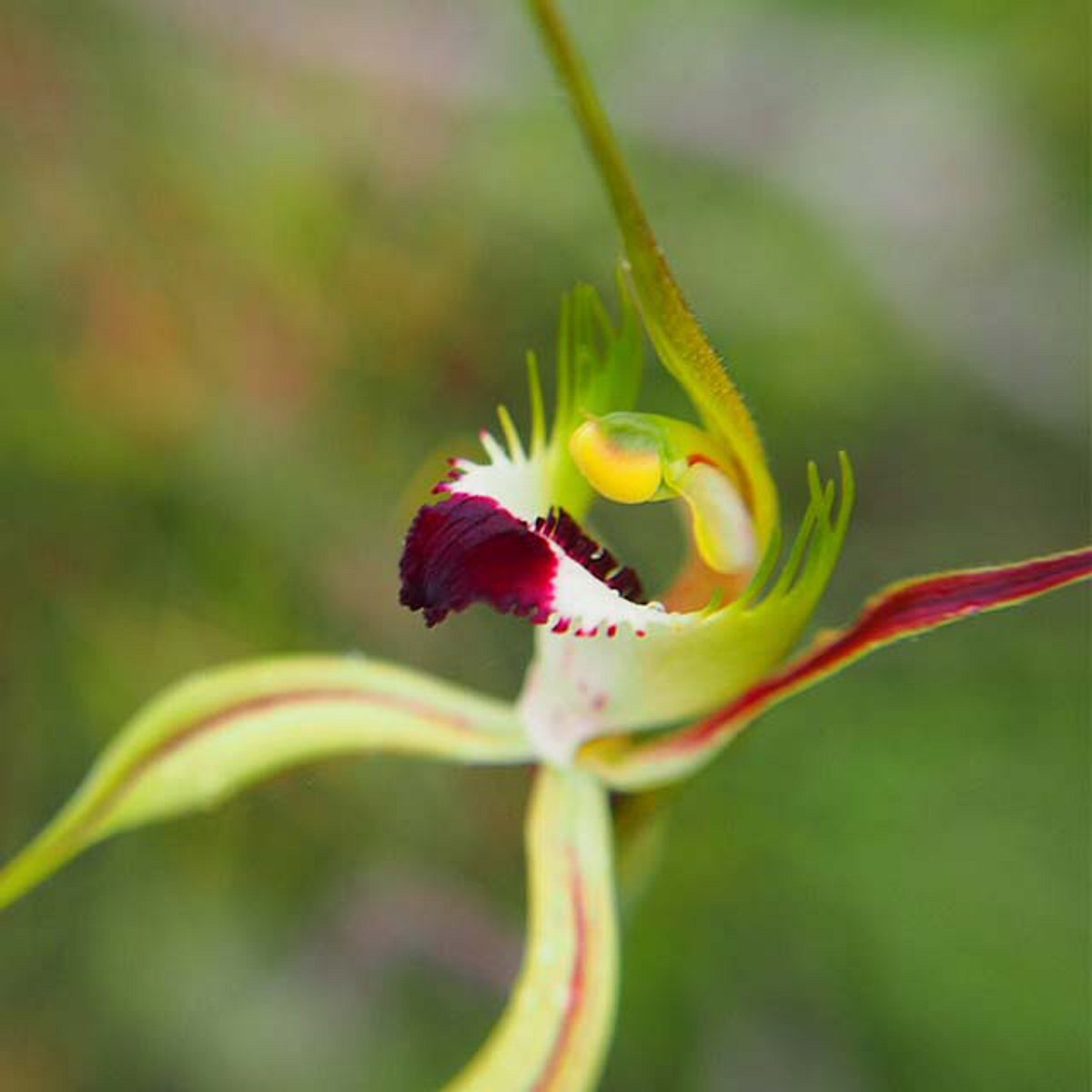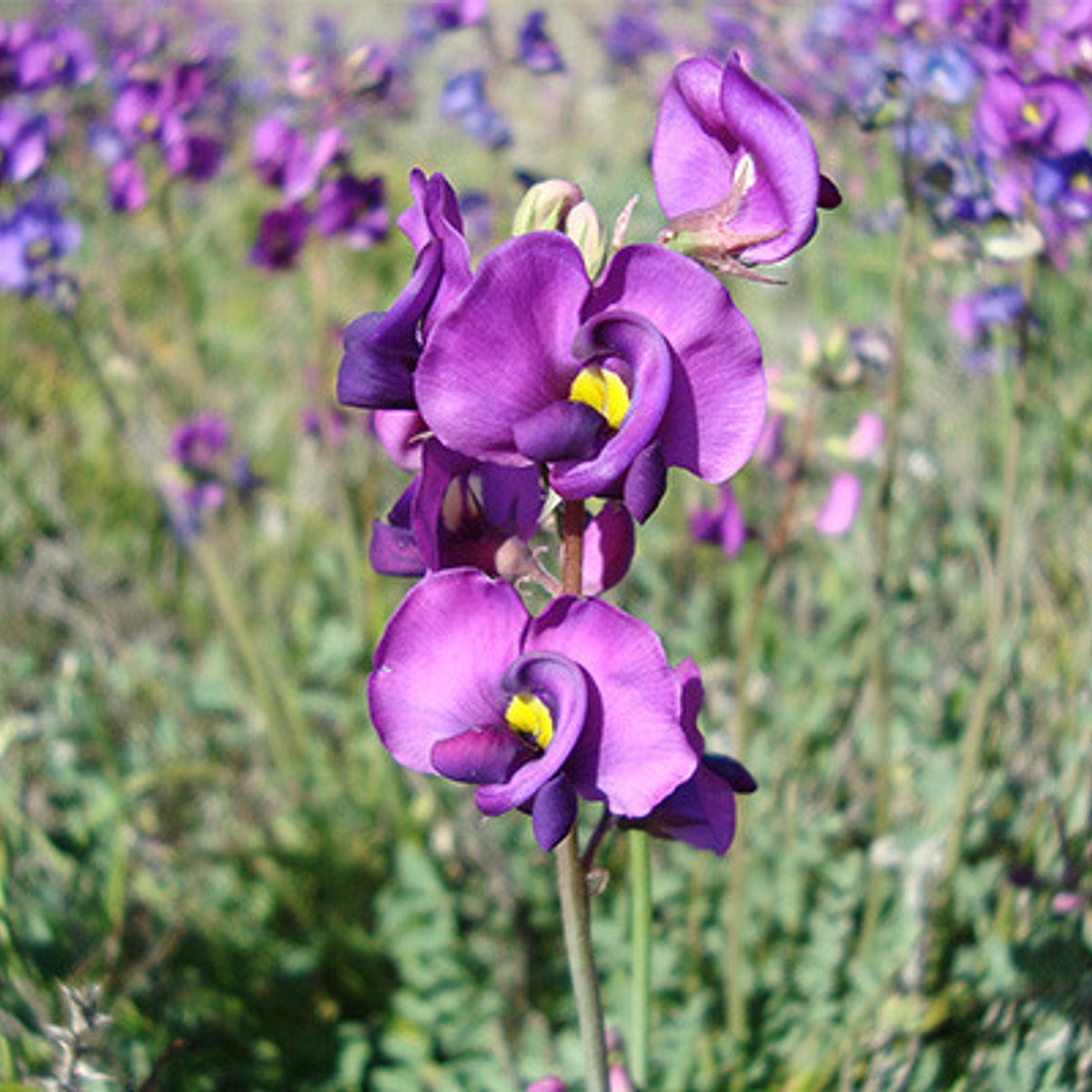


The living collections in our three botanic gardens (Adelaide, Mount Lofty and Wittunga) incorporate a diverse range of species threatened species.
There are more than 200 species of plants that are rare or endangered in their country of origins growing in our gardens' living collections.
For example the Palm House in Adelaide Botanic Garden now contains a living collection of Madagascan plants that are under threat. More than 80% of Madagascar's original flora has been destroyed by human pressures, so growing them here is a safeguard for their future existence.
Some other examples of conservation in action include:

The infamously smelly Corpse Flower in rare bloom.
Titan Arum (Amorphophallus titanum, or Corpse Flower) is a rare and endangered plant. It is native to the rainforests of the Indonesian island of Sumatra.
Sadly, it is listed as endangered on the International Union for Conservation of Nature (IUCN) Red List, with fewer than 1,000 plants left in the wild.
Rainforest deforestation to make way for unsustainable palm oil and palm oil alternative plantations has seen numbers of the Titan Arum rapidly decrease in the wild.
The plant produces a massive flowering spike, called an inflorescence, which can reach more than 1.5 metres in height. It is one of the largest flowering structures in an individual plant.
This notoriously smelly inflorescence emits an odour akin to rotting flesh - or some say very cheesy feet - in a bid to attract pollinators.
Each plant takes 7-10 years to build up the energy reserves and maturity to produce this epic flower. What's more, it completes its flowering cycle over just two day period. This means that witnessing a bloom is a rare thing too!
This quirky adaptation is a real crowd-pleaser and sees thousands of people flocking to the Garden to get a whiff when they are in bloom and on display.
You can read more about the plant here.
We are part of a global effort to conserve the species, collaborating with botanic gardens across the world, and the science community for 15 years.
Our staff have developed world leading expertise in propagating this plant and encouraging it to flower, and we have enjoyed displaying them for the public to witness this botanical masterpiece.
Watch some of our videos of the corpse flowers over the years here!

Sturts desert pea in flower in the Rangeland Garden
At the east end of the Garden, next to the State Herbarium building, you will find a unique display of South Australian plants, many of which are threatened in the wild.
The plants have been selected to exhibit flora collections from the Flinders Ranges and South Australia’s arid lands which, over time, have developed special adaptations to cope with dry conditions. These plants are rarely seen outside of their natural range and most are not displayed in any other botanical collection in the world. It genuinely is one of a kind.
More than 100 different species are currently being showcased in the new area, including South Australia’s state floral emblem, the Sturt Desert Pea (Swainsona formosa) which is rare and near threatened in much of South Australia.
While the list of plants is too long to list here, some worth particular note are the critically endangered Xerothamnella parvifolia (Freckled duck), the rare Indigofera longibractea (Flinders Ranges Indigo) and critically endangered Rhodanthe anthemoides (Chamomile sunray), which is Adelaide Botanic High School’s emblem.